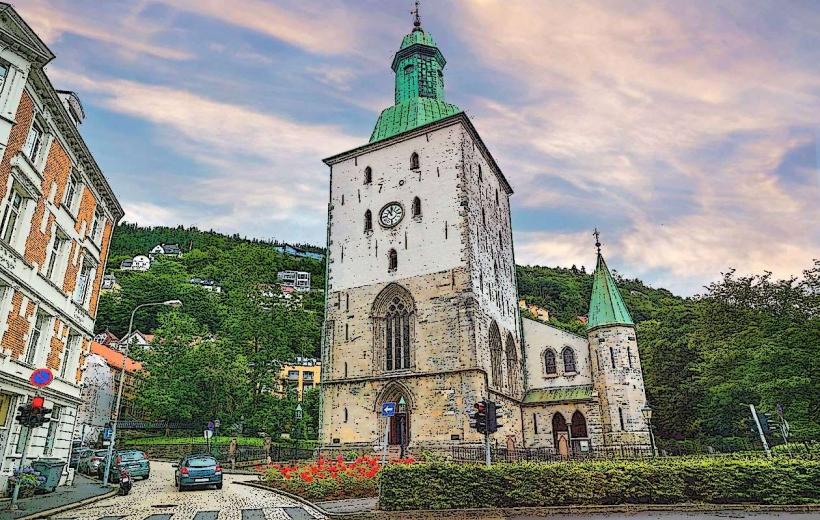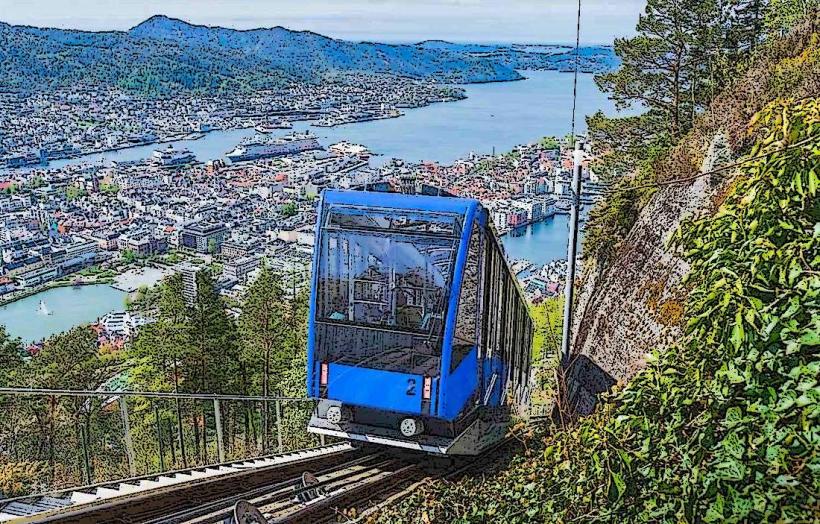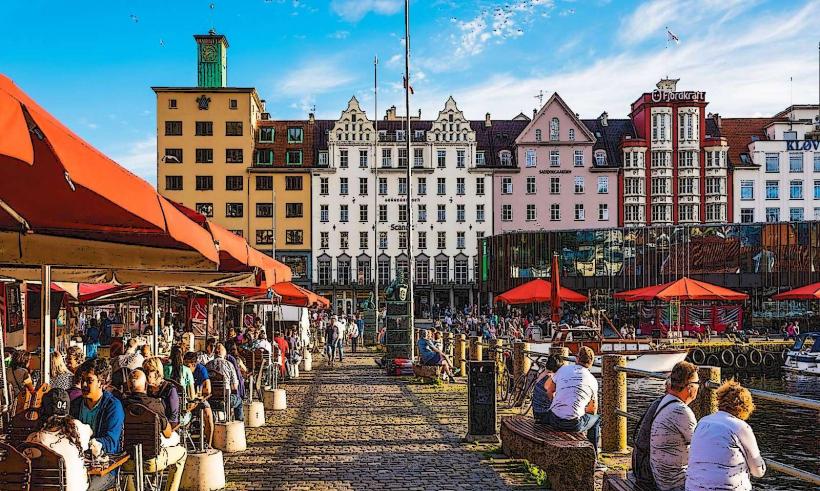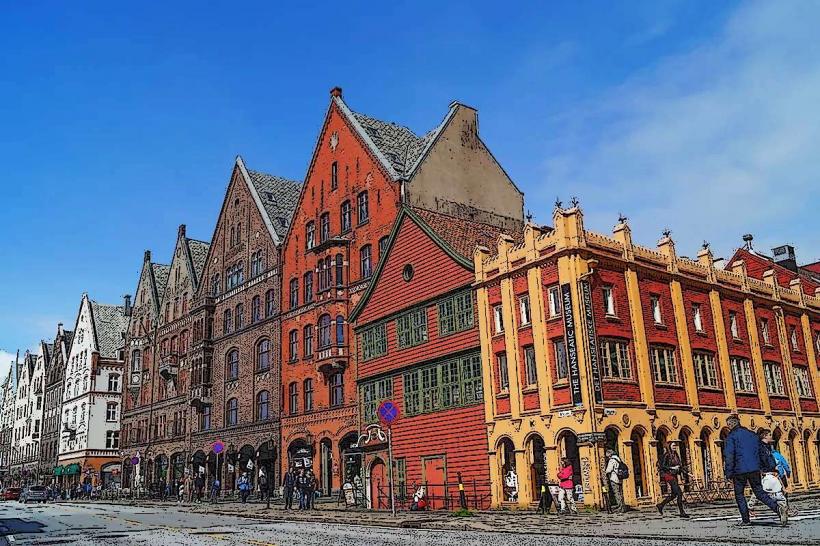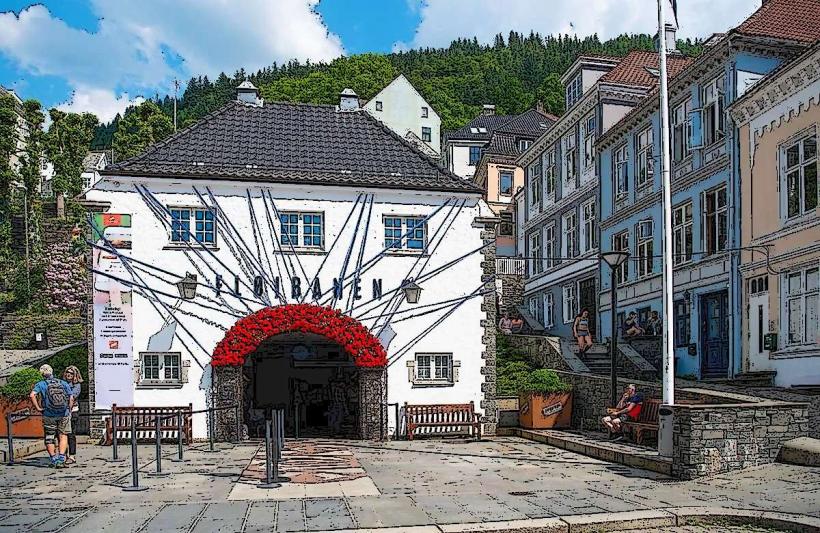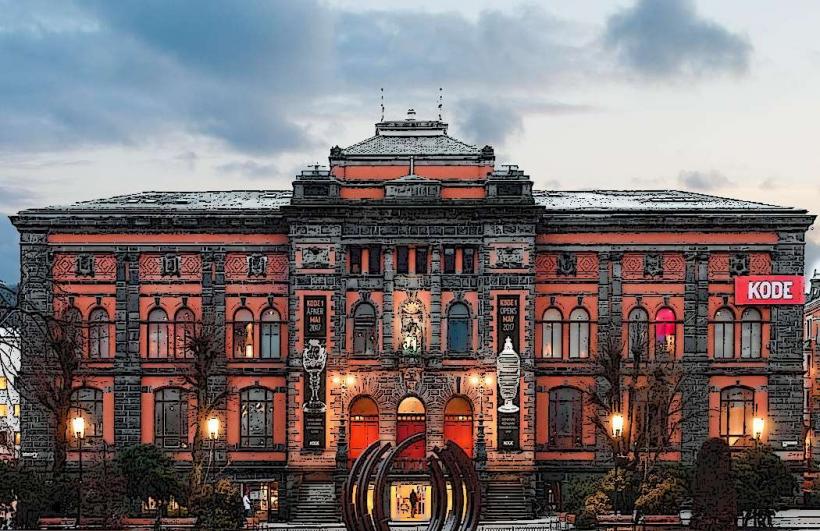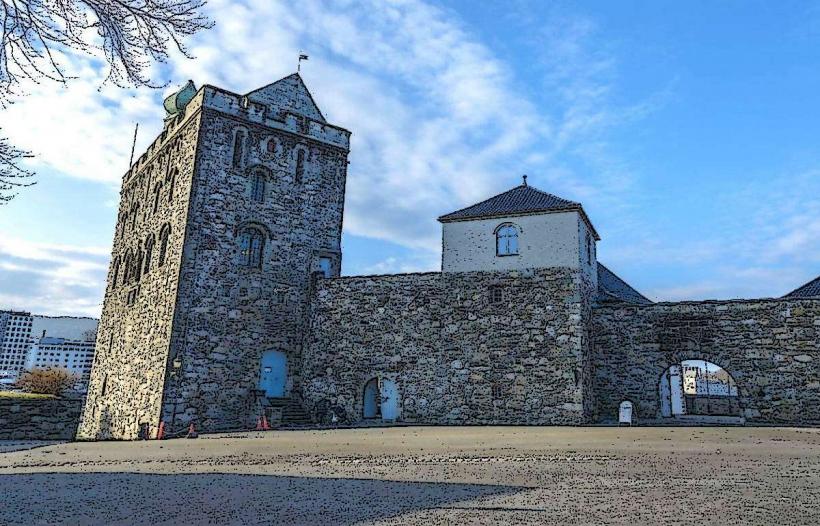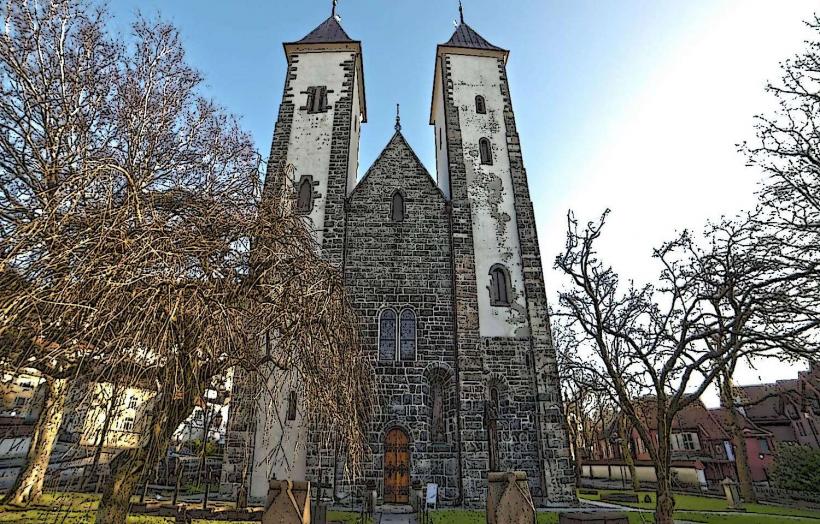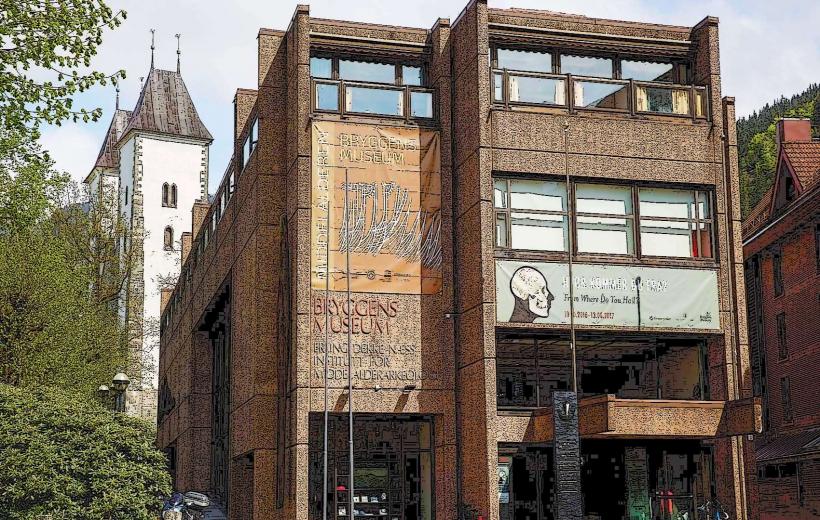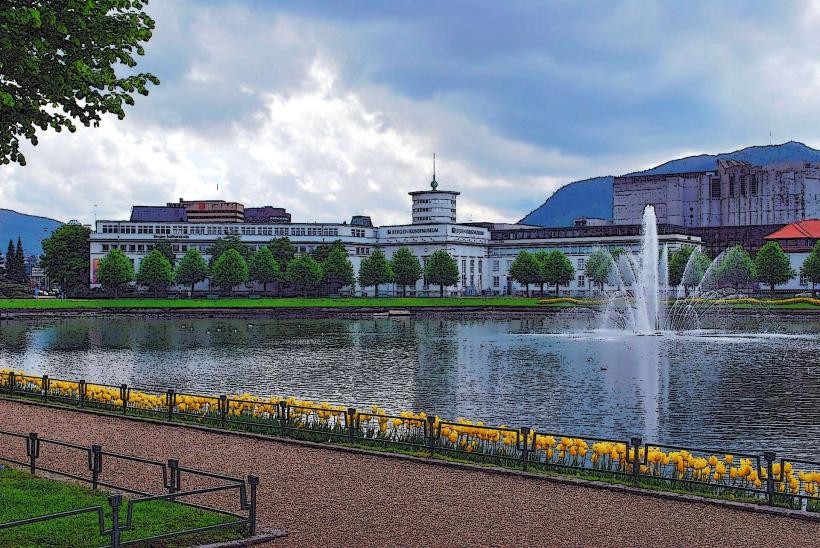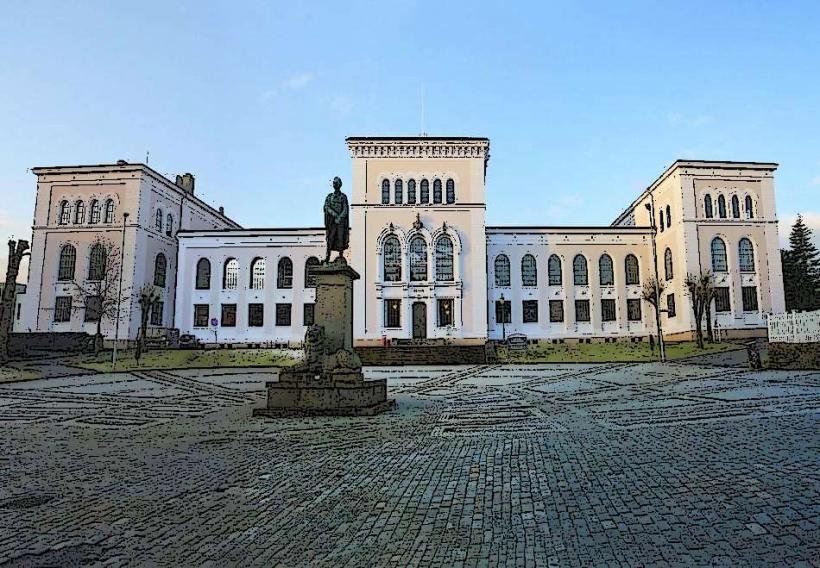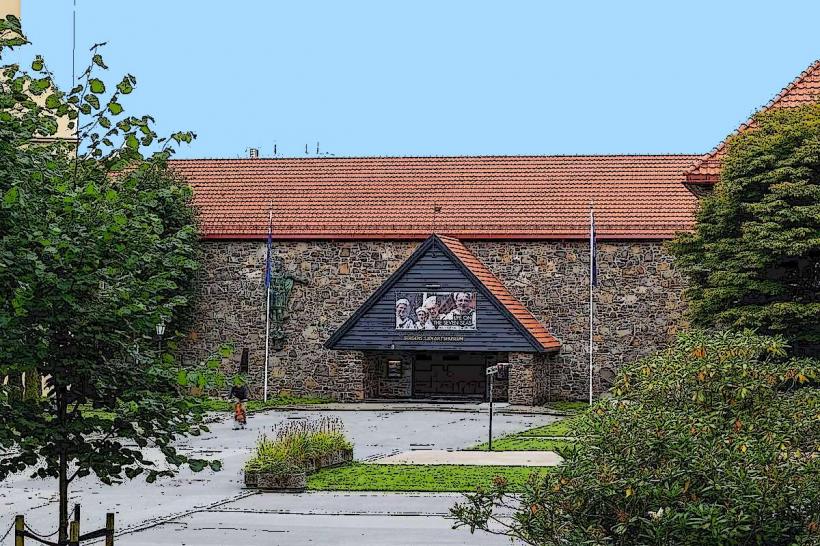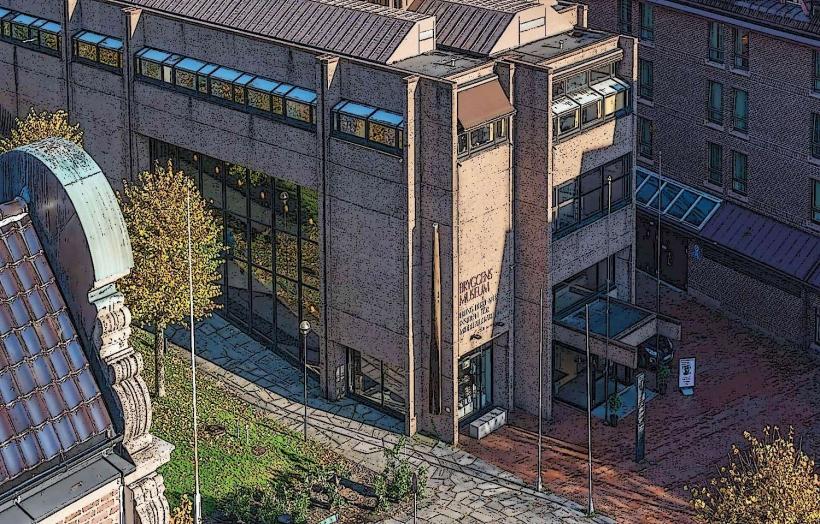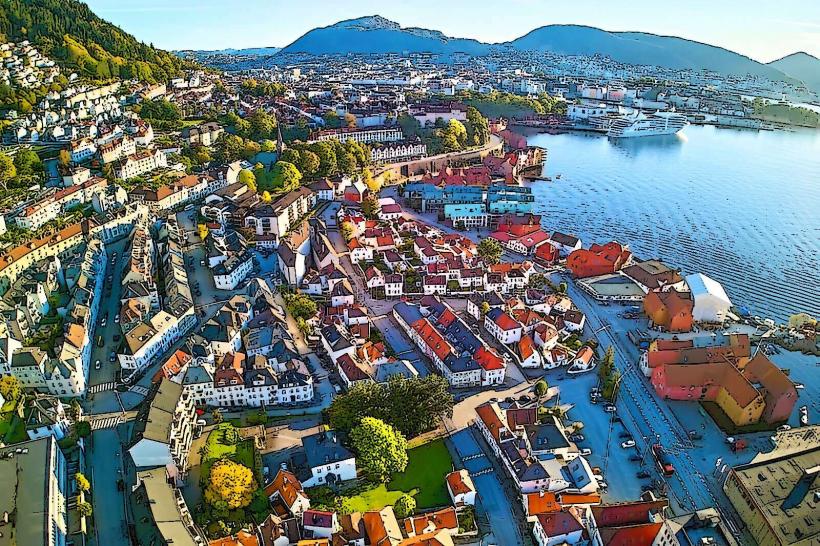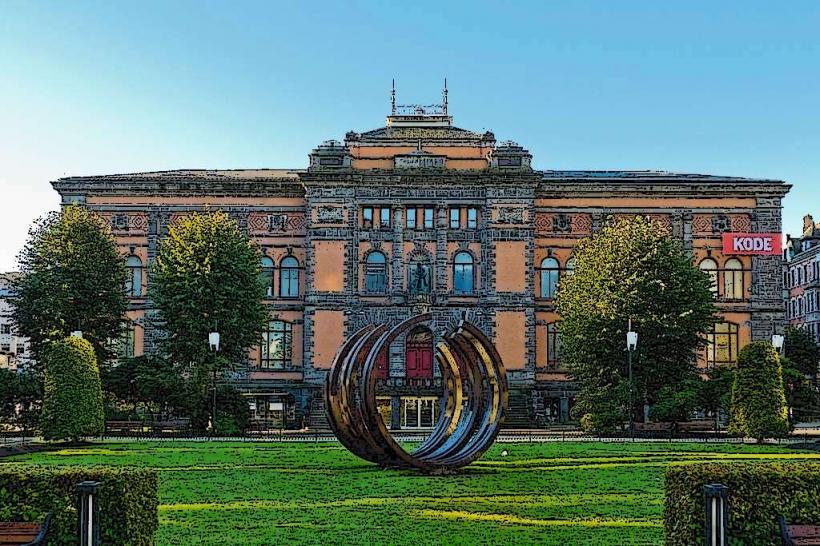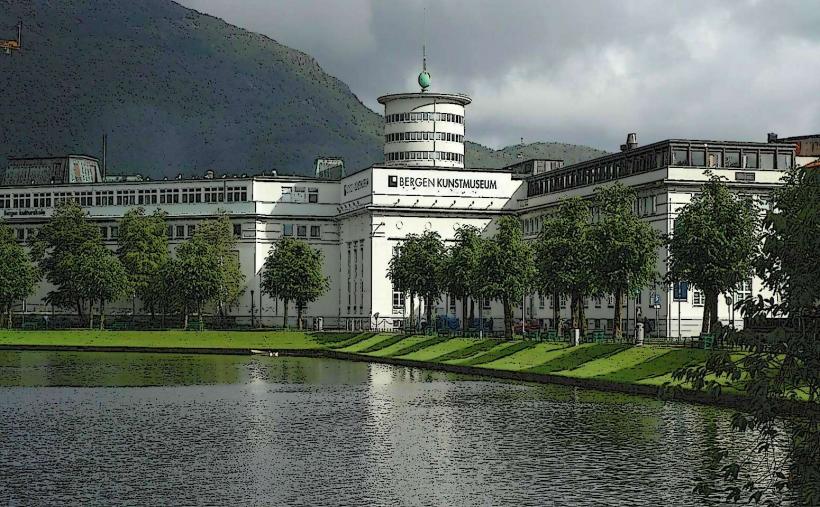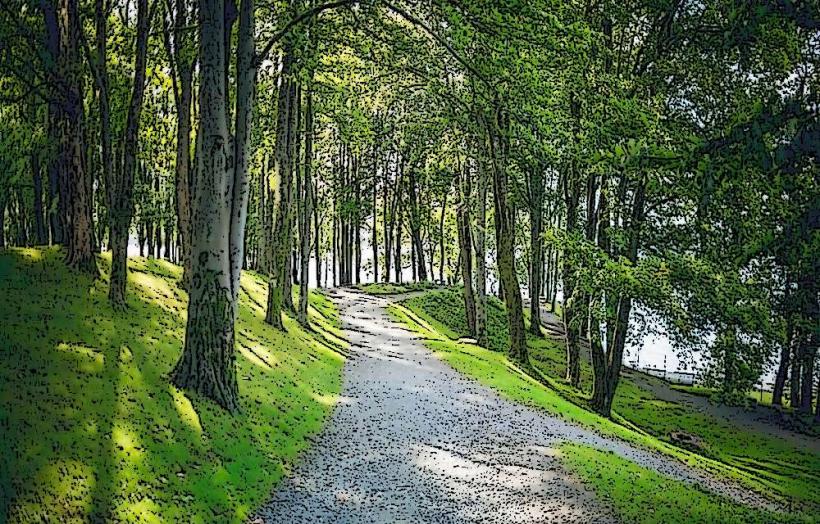Information
Landmark: Leprosy MuseumCity: Bergen
Country: Norway
Continent: Europe
The Leprosy Museum (or Lepramuseet) in Bergen, Norway, is a unique and significant museum dedicated to the history and impact of leprosy (also known as Hansen's disease) in Norway and globally. Located in the former Leprosy Hospital of Bergen, the museum provides a poignant and educational exploration of the disease, its social and medical history, and the lives of those who were affected by it.
1. History and Background
- Leprosy in Bergen: Bergen has a long history with leprosy, which was once a widespread and feared disease. The city was home to one of the largest and oldest leprosy hospitals in Europe, the St. George’s Hospital, established in the early 18th century. The hospital functioned as a place of treatment and quarantine for individuals suffering from leprosy, which was a major concern for public health during this period.
- The Hospital's Legacy: The St. George’s Hospital, which housed many of the museum's exhibitions, was in operation from 1850 until the 1960s, making it one of the longest-running leprosy hospitals in Europe. It was during this time that Bergen became a center for the study of leprosy, with many Norwegian and international doctors conducting research and treatment at the hospital.
- Museum Establishment: The Leprosy Museum was founded in 1997 to preserve the history of the disease and educate the public about its social, cultural, and medical consequences. The museum is located in one of the remaining buildings of the old leprosy hospital, adding historical authenticity to its exhibits.
2. Exhibitions and Collections
- History of Leprosy: The museum’s permanent exhibitions focus on the history of leprosy, from its ancient origins to its impact on societies around the world. One of the key areas of focus is the story of Dr. Gerhard Armauer Hansen, a Norwegian physician who is credited with discovering that leprosy is caused by a bacterium (Mycobacterium leprae) in 1873. This discovery was a groundbreaking moment in medical science and helped shape the way the disease was understood and treated.
- Life at the Leprosy Hospital: Visitors can learn about the daily life of patients who were treated and quarantined at the St. George’s Hospital. The museum includes historical photographs, personal stories, and medical records that provide a glimpse into the challenging and often tragic experiences of those affected by the disease.
- Exhibits include old medical tools, documents, and artifacts used by patients and doctors, offering insight into the medical practices and the social stigmas faced by leprosy sufferers.
- Stigma and Social Impact: A significant part of the museum is dedicated to the social stigma surrounding leprosy. Patients were often isolated from their communities, facing discrimination and fear. The museum explores how leprosy was perceived in society and the psychological effects on patients and their families.
- Global Context: The museum also addresses the global impact of leprosy, with a focus on how the disease was treated in various parts of the world, especially in countries where leprosy remains prevalent today. It highlights the work of organizations and doctors who have worked toward eradicating the disease and providing support to those affected.
- Multimedia and Personal Stories: To help visitors understand the lived experience of people with leprosy, the museum includes video interviews, personal accounts, and interactive displays. These humanizing elements give voice to the individuals who suffered from leprosy, often shedding light on their resilience and courage in the face of isolation.
3. Medical and Scientific Exhibits
- Medical Treatments: The museum features exhibits about the medical treatment of leprosy, from its early history when the disease was little understood, to the more modern treatments developed after Dr. Hansen’s discovery. While there is no cure for leprosy until the 20th century, the museum highlights how the development of antibiotic treatments in the 1940s and the multi-drug therapy (MDT) in the 1980s significantly reduced the prevalence of the disease.
- Dr. Gerhard Armauer Hansen: The museum has a special section dedicated to Dr. Hansen, whose research revolutionized the understanding of leprosy. His work is highlighted with personal items, photographs, and detailed information about his groundbreaking scientific contributions.
- Leprosy and the Modern World: The museum also touches on the current status of leprosy, focusing on its global presence in certain areas, such as India, Brazil, and parts of Africa, where the disease still exists. It educates visitors about modern efforts to control leprosy, including prevention and treatment programs supported by organizations like the World Health Organization (WHO).
4. Visitor Experience
- Opening Hours and Admission: The Leprosy Museum is open to the public year-round, with varying hours depending on the season. It is often recommended to check for updated hours of operation and ticket prices in advance, as they may change due to special events or holidays.
- Guided Tours and Educational Programs: The museum offers guided tours for individuals or groups, providing an in-depth understanding of the history of leprosy and its cultural and scientific significance. There are also educational programs available for schools, providing students with the opportunity to learn about the disease from a historical, social, and medical perspective.
- Museum Facilities: The museum has a gift shop where visitors can purchase books, postcards, and other items related to the history of leprosy and Bergen’s medical history. The museum also has facilities for visitors with disabilities to ensure accessibility for all.
5. Conclusion
The Leprosy Museum in Bergen offers a unique and educational experience that provides visitors with a deep understanding of the history, medical challenges, and social impacts of leprosy. Through its carefully curated exhibits, personal stories, and medical artifacts, the museum sheds light on the lives of those who were affected by the disease, as well as the work of those who have fought to eradicate it. It serves as an important reminder of how medical discoveries and social change have helped reshape the perception and treatment of leprosy, making it a must-visit destination for anyone interested in medical history, social issues, and global health.

